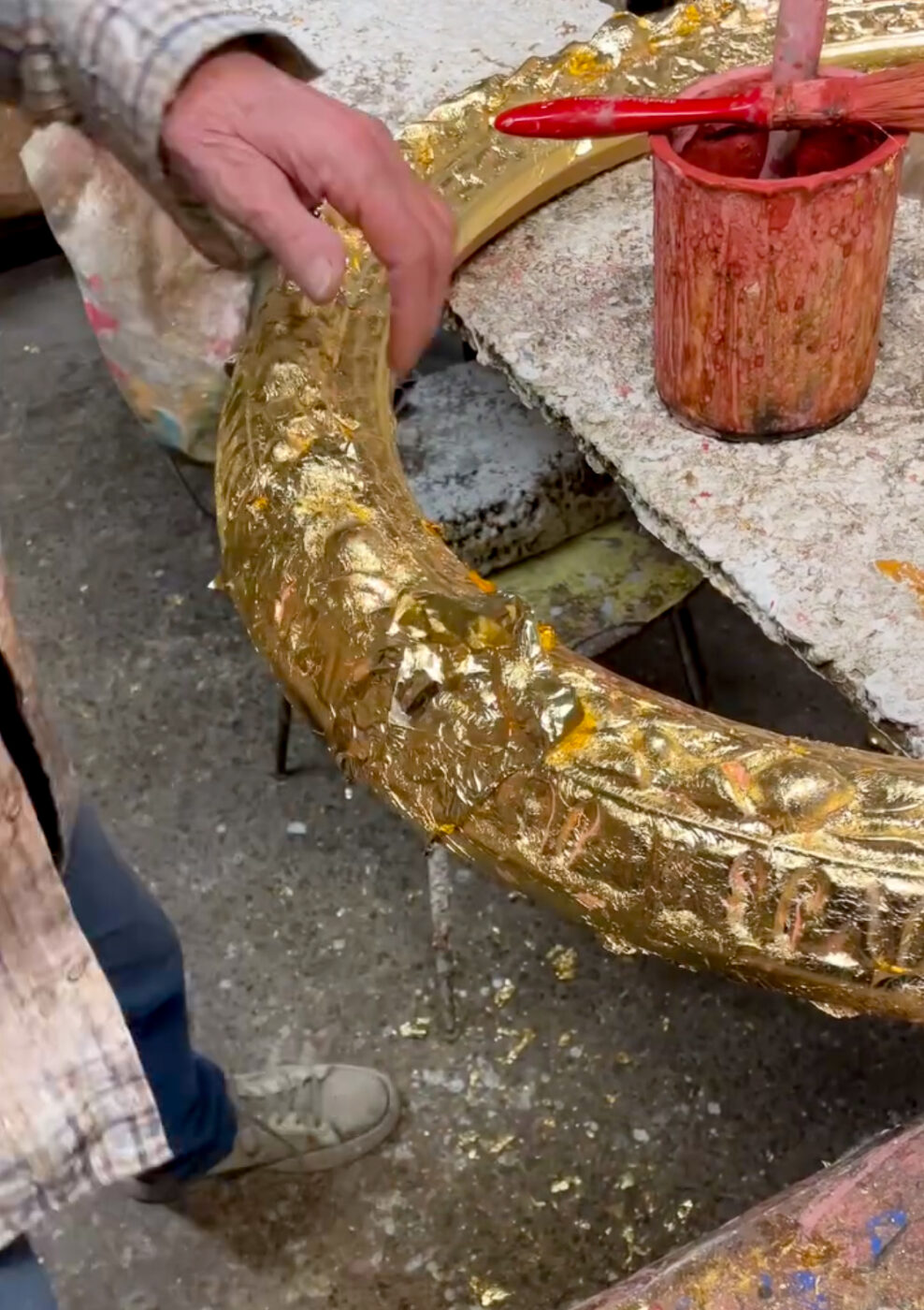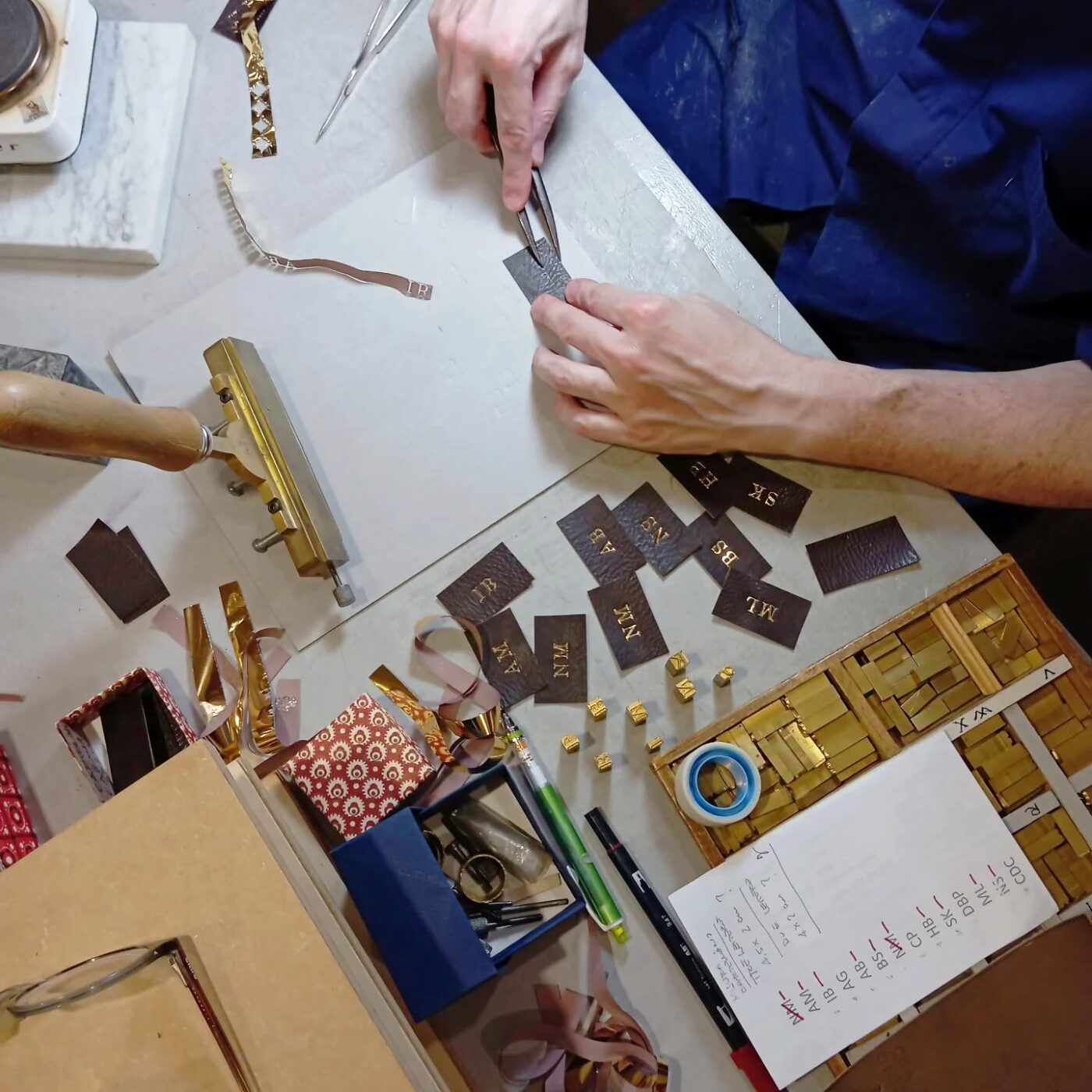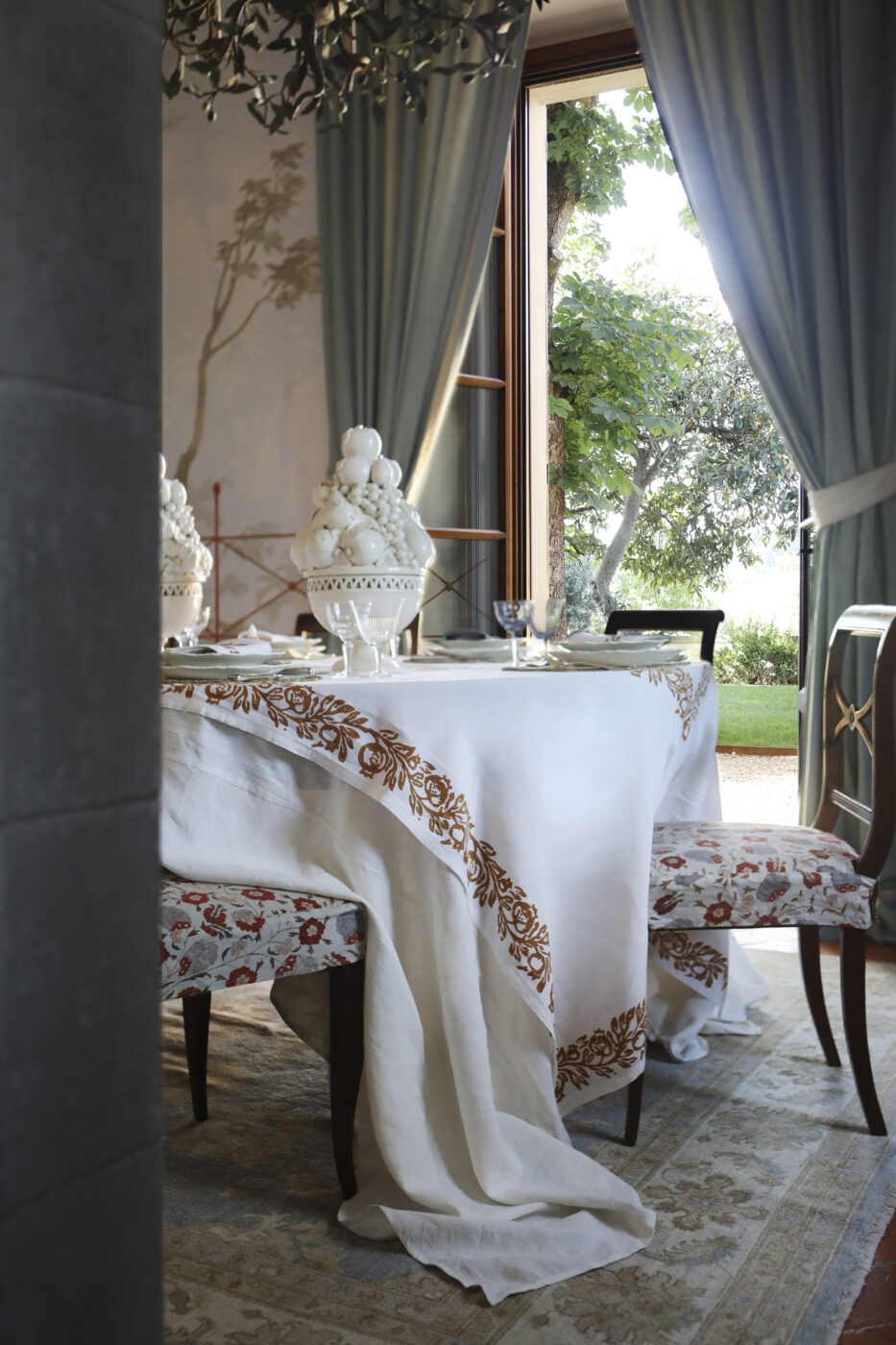In Milan, design is about what’s next: the flash, the innovation, the headline-making chair that no one’s quite sure how to sit in. But in Florence, design is slower—and, dare I say, better aged. This is a city where you compliment a tray or a table lamp and the host will light up, telling you who made it, where their shop is, and probably how their grandfather used to do it. For in Florence, beauty is rarely anonymous. Rather, it comes courtesy of the likes of Giovanni, Stefano, Paolo, or Simona,
As an interior designer based in this city, I’ve come to realize that good design is about relationships. Relationships with makers, materials, and the long-standing traditions that give things their soul. When I started my first project for a villa just outside the city, we agreed: no big-brand showrooms. We’d source like the Florentines used to—direct from the artisans.
Here, nine of my favorite local ones—people I turn to again and again when designing Florentine homes—and the everyday things they craft that shape a Tuscan home. You’ll find sconces, cutlery, trays, backgammon sets, brass lanterns—pieces that will look as good 50 years from now as they do today. Milan may have the week, but Florence has the legacy.
Giovanni Baccani
Large-scale frames
In Florence, frame-making is an art form in its own right. Step inside Giovanni Baccani’s shop on Borgo Ognissanti and you’ll see why. Still furnished as it was in 1903, the space is lined with dark Renaissance-style boiseries, hand-painted Latin mottos, and always, a stretch of blue cloth across the walls—earning it the nickname “the blue shop.”
The atmosphere alone is worth the visit, but it’s the framing lessons that stay with you. A black-and-gold striped frame suddenly makes a quiet landscape sing. A cobalt blue frame with tiny gold stars can turn an ordinary photograph into something almost celestial. You’ll start seeing not just what’s in the image, but how it’s held.
If you’re designing a space with intention, a frame from Baccani can become part of the architecture of the room. Choose well, and it might just outshine the art itself.
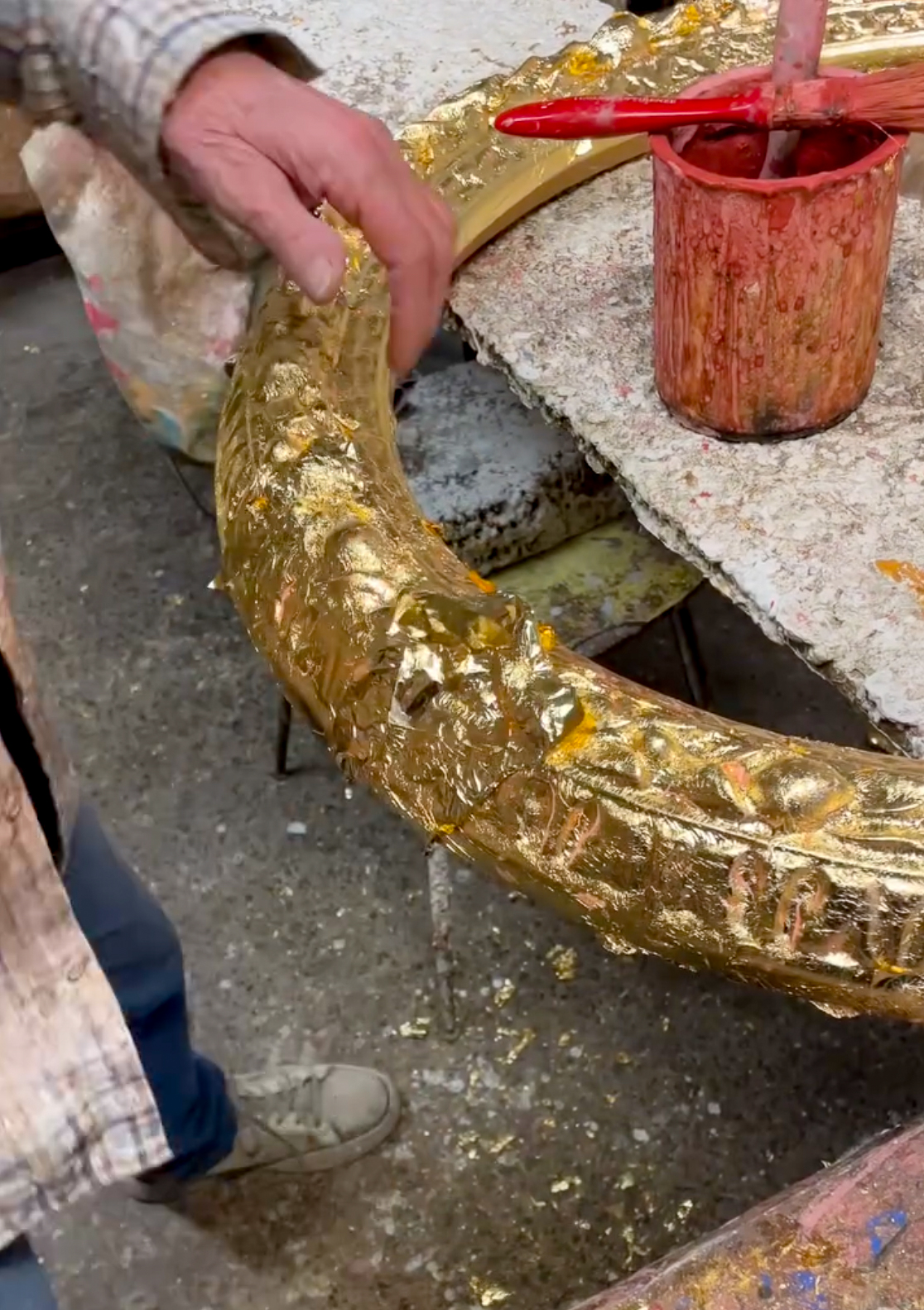
Courtesy of Giovanni Baccani
B&C (Borgheresi & Chiti)
Brass lanterns
In Florence, certain things catch the light just right—copper pots, golden hour, and the six-pointed lanterns that float like stars above the Oltrarno neighborhood. These glass-and-brass gems all come from one place: Borgheresi & Chiti, a family-run bottega founded in 1949.
The first of these lanterns was designed by Lorenzo Borgheresi, then just seventeen, and they’ve since become something of a local signature. Inside the tiny workshop, Stefano Chiti continues the tradition, cutting and soldering each piece by hand with the precision of a fine jeweler—a fitting detail, considering the atelier sits beside one of Florence’s historic jewelry schools (whose students often spend their days learning from the master craftsman).
Stars aren’t their only specialty. B&C also crafts the stately lampioni fiorentini, those streetlamp-like lighting fixtures that seem to stand guard every Tuscan villa’s entrance. So, if you’re designing a home with a Florentine soul, start with the lighting—these are pieces that glow with heritage.
Pampaloni
Silverware
This place—and its history—deserves an entire piece of its own. We won’t get into its role in Florence’s past, the bold political statements in its shop windows, or the collaborations with some of the biggest names in design. We’ll skip over the long-standing partnership with Elsa Peretti. And we won’t even begin to talk about the Pampaloni family, who are among the most fascinating people you’ll ever meet.
Instead, let’s focus on something very specific (small, in the grand scheme of Pampaloni’s legacy): cutlery.
In Florence, there’s no wedding registry without a Pampaloni silverware set, and the Due Sicilie collection is a favorite. Inspired by the story of Sicilian nuns who brought in their old forks and knives—dating back to the time of the Kingdom of the Two Sicilies—to be melted down and transformed into offerings for the church, the pattern is all pointed tips and slightly unfinished edges. It’s a shape with a story, and a design that feels timeless, so if you’re setting a table meant to last generations, this is where you start.
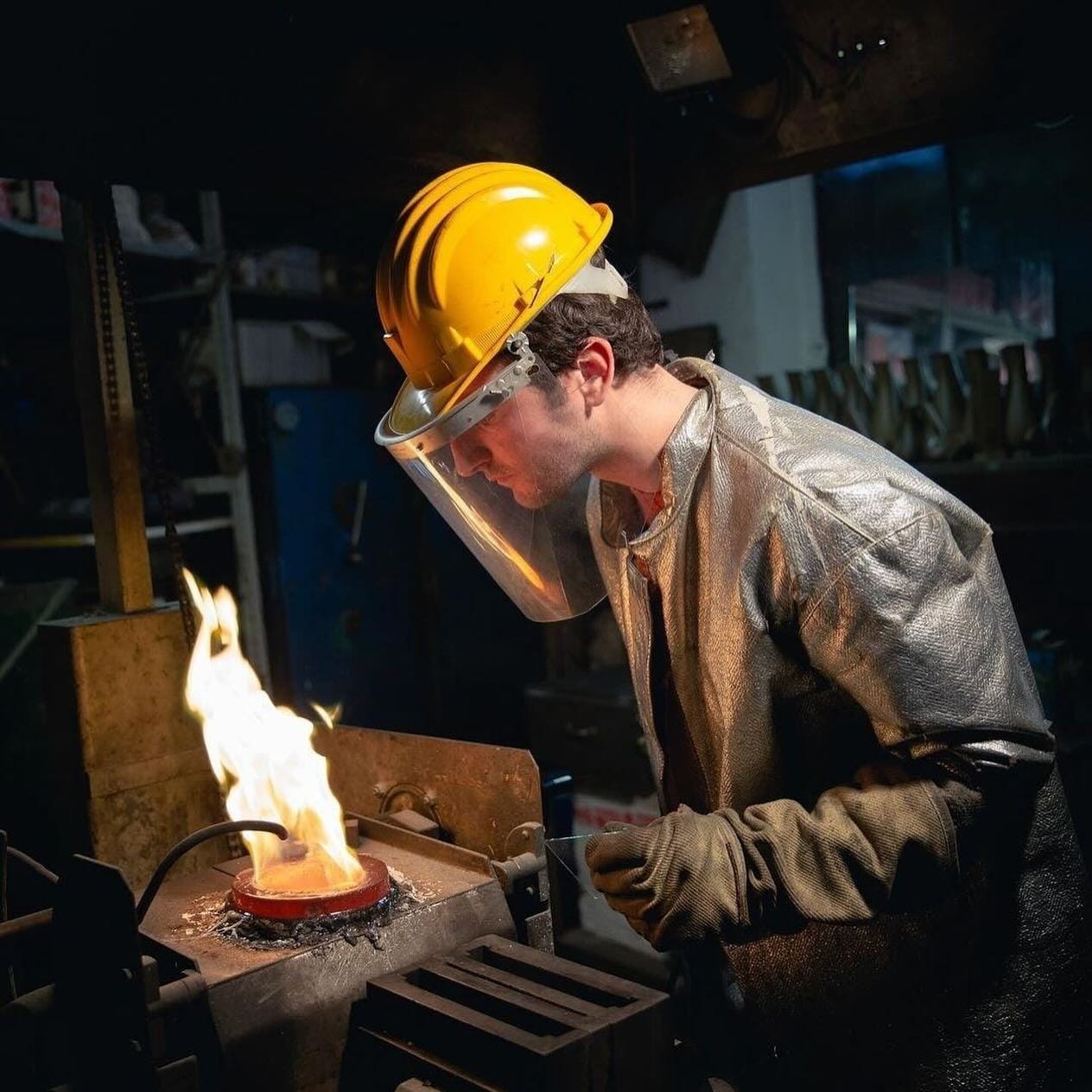
Courtesy of Pampaloni
Pelletteria Signorini
Leather picture frames
In the age of cloud storage and Instagram archives, picture frames have mostly gone the way of fax machines and fondue sets. But the ones from Pelleteria Signorini make me want to clear my side tables and print pictures like in the old days. Along the road to Scandicci, this leather workshop is a family-run operation that’s been crafting elegant boxes and custom goods for some of the world’s top luxury houses, but the standouts are their “cavallino” frames. These leopard-, zebra-, and giraffe-printed pony hair leather frames could easily have found a home in Yves Saint Laurent’s living room in the ’70s. They’re guaranteed to elevate even the most awkward family portrait into high design.
Tole Style
Trays, wall sconces, and other tole-painted objects
Just outside Florence, on the road to the Certosa, Tole Style is the last remaining workshop in town dedicated to hand-painted tôle—a French technique dating back to the 18th century, traditionally used for decorating tin. Today, it lives on in Florence thanks to one very stylish man (Giovanni) and his beautifully made objects.
While tôle is often associated with tea tins, Tole Style uses it for everything from trays to sconces, all of it handmade using classic techniques. The look is vintage with a touch of chinoiserie. Christian Dior was a fan, commissioning custom trays—lacquered in deep reds and blues with gilded ducks—that are still among the most elegant you’ll ever see. The workshop has created pieces for luxury hotels, and even lit the dining cars of the Orient Express. Their signature wall sconces, featuring aged mirrors, cast the kind of light you want at a dinner party (no filter necessary).
An added bonus: Giovanni is one of Florence’s best-dressed figures. No one decorates a cachepot, with a cigarette dangling from the lips, quite like he does.
Atelier GK
Backgammon boards
Florence and Kyoto are considered twin cities—and at AtelierGK, the proof is in the pudding. Founded by Lapo Giannini and Michiko Kuwata, this Oltrarno atelier blends Japanese precision with Florentine soul, specializing in traditional bookbinding and decorative objects.
Yes, they make exquisite notebooks—the kind that make you believe journaling daily is finally within reach. But with warm weather on the horizon, what really catches my eye is their handcrafted backgammon sets, wrapped in funky Florentine patterned paper. They’re perfect for passing long afternoons by the sea or on a shaded terrace, glass of something cold in hand. If you’re furnishing a second home—or simply dreaming of one—this is the kind of design piece to cherish for summers to come.
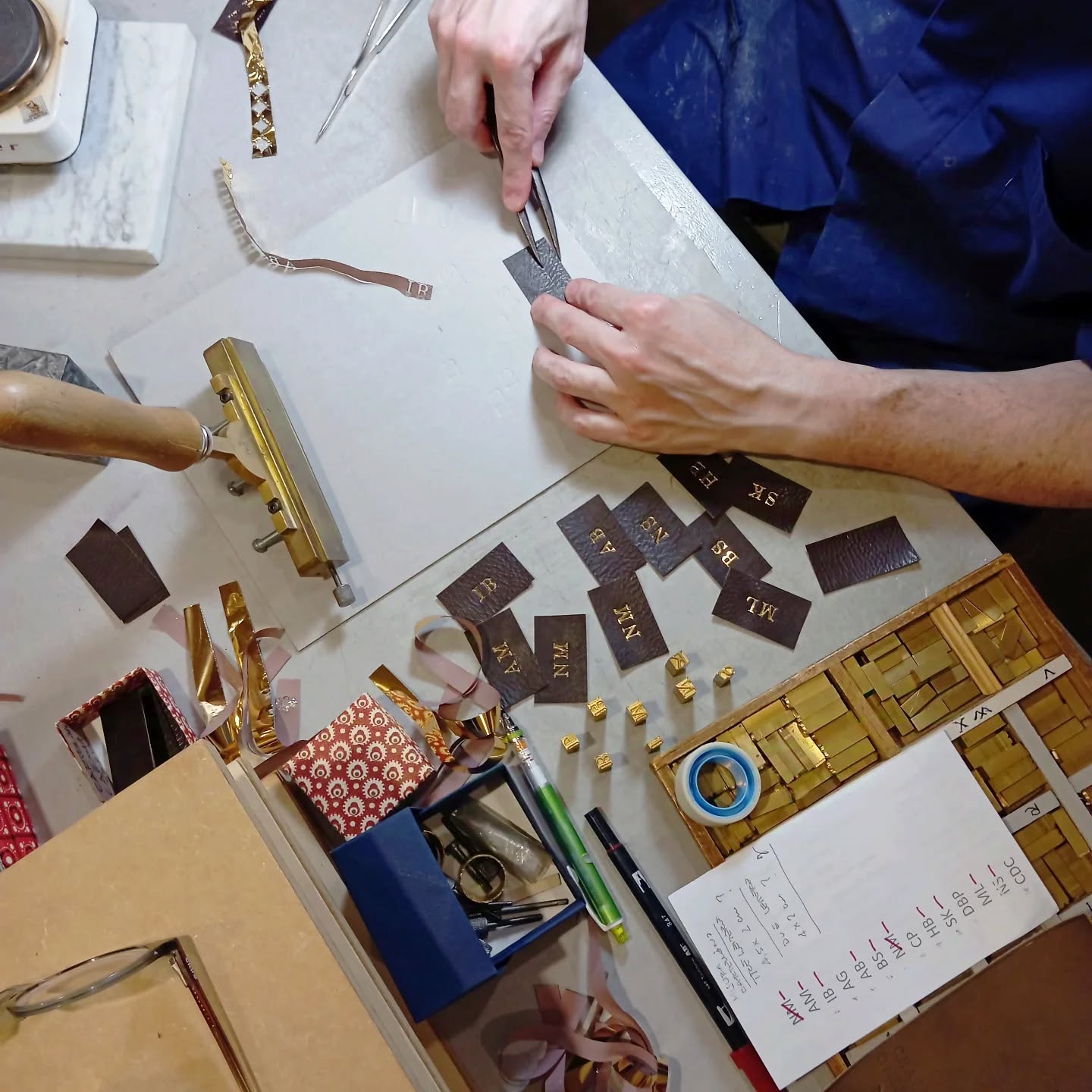
Courtesy of Atelier GK
Il Paralume
Lampshades
There’s nothing like the glow of a perfectly chosen table light to make your home feel inviting—and let’s be honest, make everyone in it look about 15% more attractive. In Florence, you can take this a step further by crafting your own lampshade at Il Paralume with Simona, whose family has been making them by hand since 1952. You’ll learn about proportions, fabrics that can be pleated or shaped, and the delicate art of trimming—those colorful ribbons and braids displayed behind the counter like candy in a well-organized sweet shop. If you’ve got interior design instincts, prepare to spiral into satisfying conversations about silk-covered wire, bulb shapes, and the elusive shade of “just warm enough” ivory.
And if you don’t have soaring ceilings for a grand chandelier? Not a problem. Simona’s fan lights, shaped like shells or shields, can be mounted to the wall and cast a soft, flattering light both upward and down. It’s an old Renaissance trick—diffuse, directional light that sculpts the room (and your cheekbones) with equal grace.
La Bottega dell’Ottone
Brass objects
Once you start noticing brass, you can’t stop. It’s everywhere: doorknobs, switch plates, curtain rods, ladles, light fixtures, and that mysterious drawer pull you’ve always meant to replace. The good news is that, in Florence, all of it can be made—and remade—beautifully. While the city has no shortage of skilled brass artisans, a hidden gem is Fratelli Ciulli, a small shop in San Frediano run by a father-and-son duo who are as involved in the community (they helm the local social center, La Torretta) as they are in their craft. They mostly work on commission, supplying high-end boutiques, but their storefront is open to the public—and nearly impossible to leave without something in hand. Favorites include their brass napkin rings shaped like the sun and moon.
Moleria Locchi
Crystal glassware
What’s the difference between glass and crystal? Most people couldn’t tell you. Crystal is technically a type of glass, but with a slightly different composition—lead oxide is added to the mix, making it heavier, clearer, and far more brilliant. What you also might not know is that 95% of Italian crystal is produced in Tuscany. And if you’re throwing a proper Italian feast, you’ll want your glasses from Moleria Locchi.
This historic workshop doesn’t just sell glass—it produces, shapes, and molds it, using traditional techniques to create everything from classic wine glasses to designs inspired by Bichierografia, a 17th-century illustrated volume of elaborately styled drinking vessels.
They’re also expert restorers (yes, glass can be restored), called upon since the 19th century to bring goblets, ampoules, Murano chandeliers, and salt cellars back to life—starting with a commission from the Grand Duke of Tuscany.
Today, their clients include Florence’s most elegant hotels, many of which use Locchi’s signature line of ultra-light, deceptively strong glassware. The family matriarch famously demonstrates its durability by knocking the glasses around the room, much to the amazement of new clients.
(And if, like me, you struggle with holiday decorations, I can think of nothing more poetic than their Christmas ornaments.)
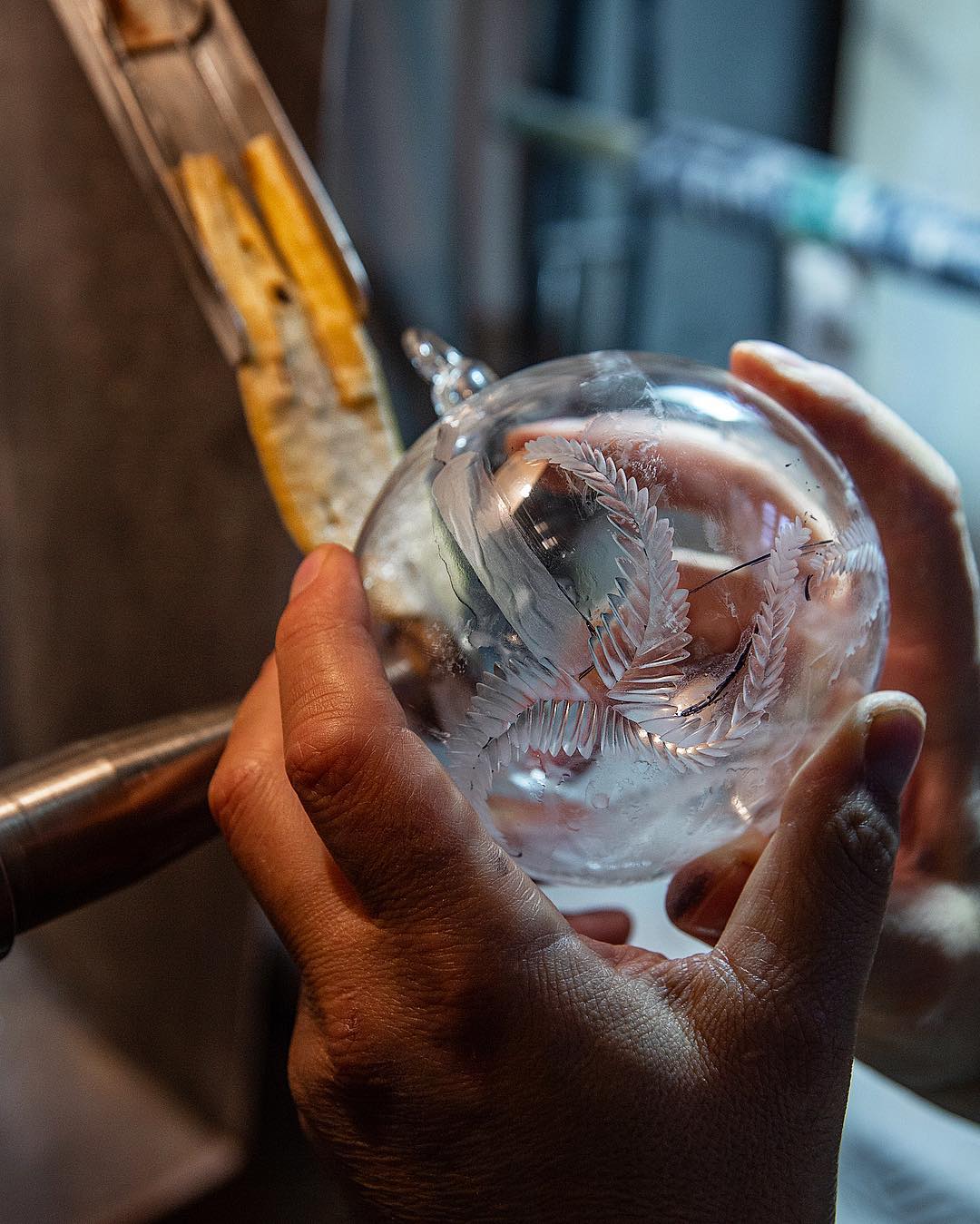
Courtesy of Moleria Locchi





